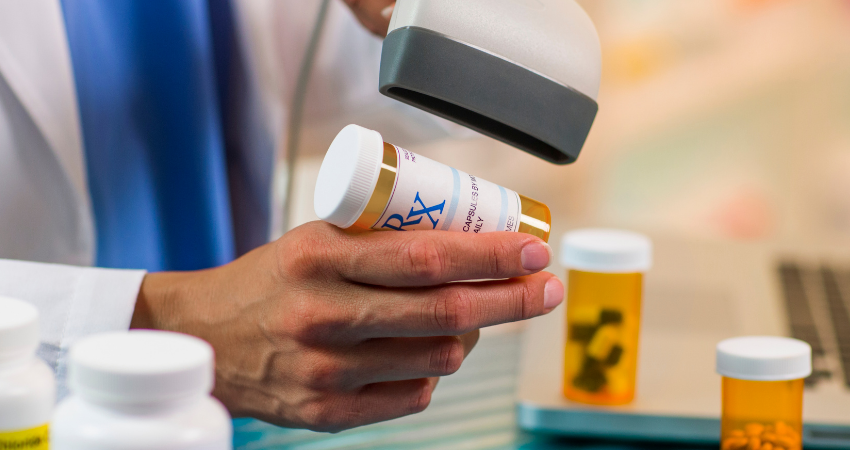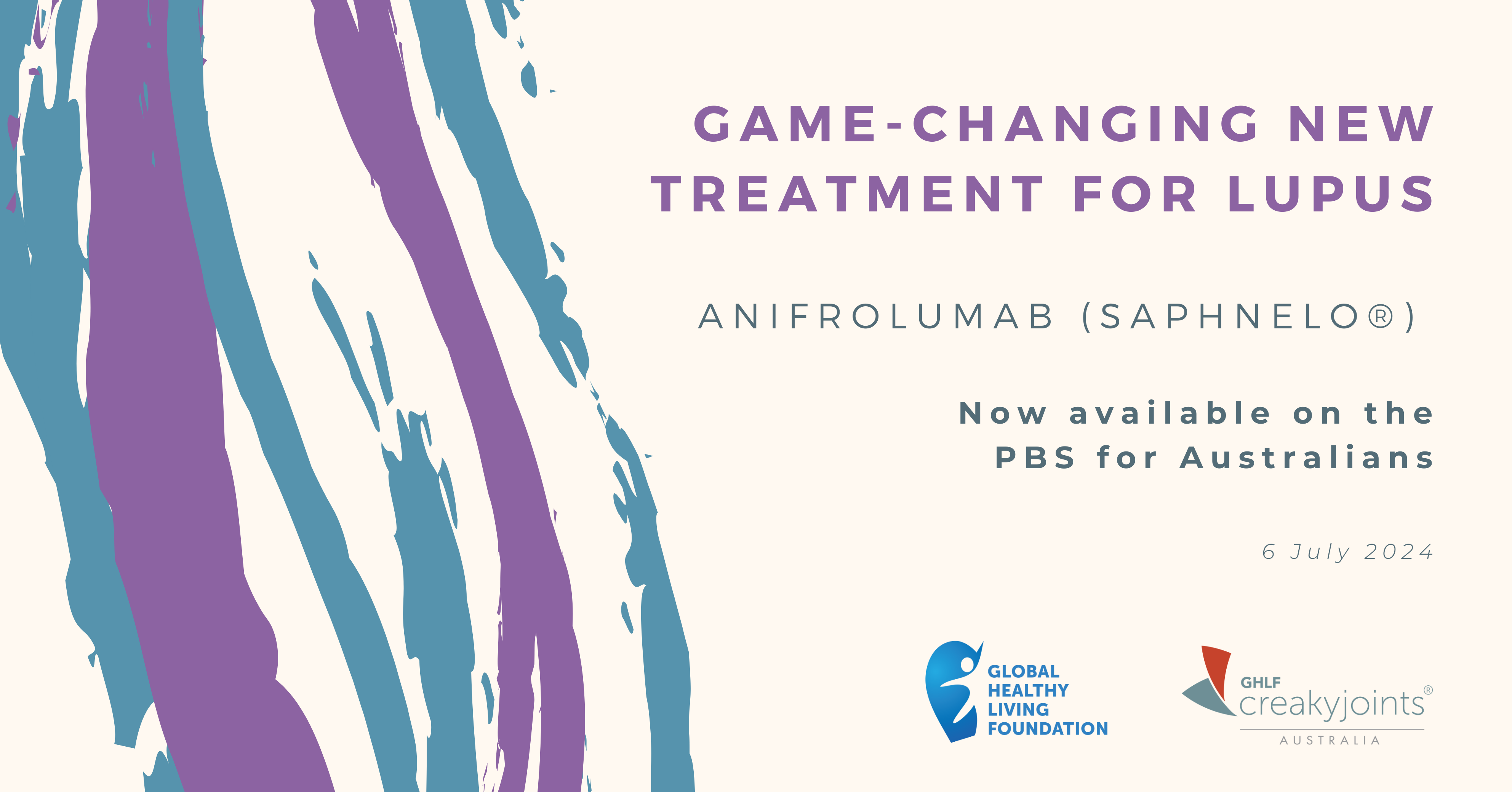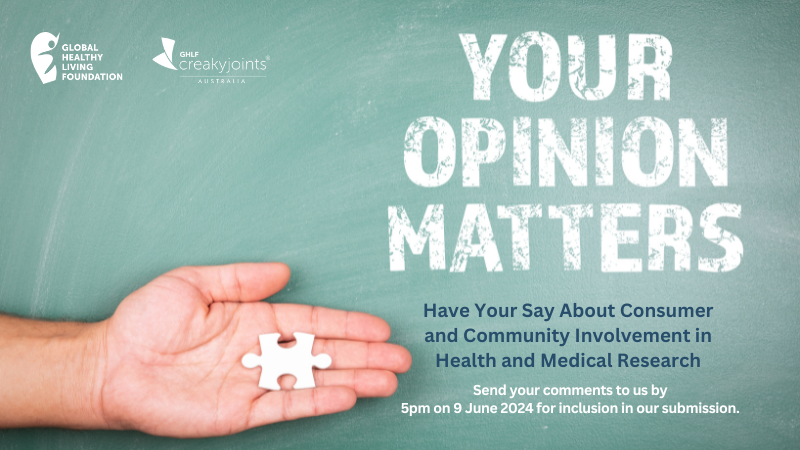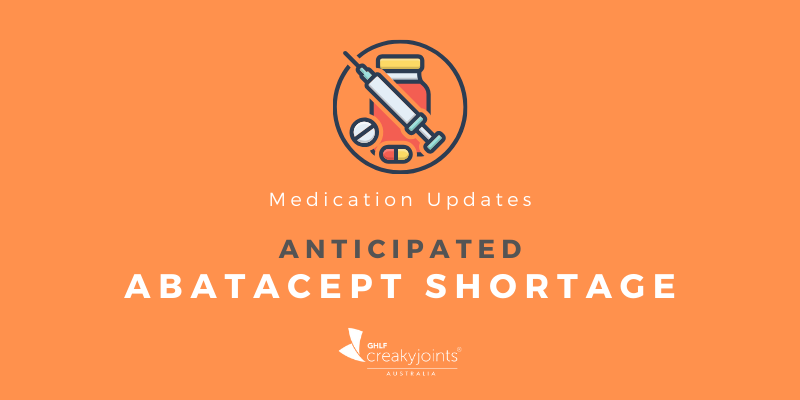

Over the last year, we’ve seen a huge expansion of digital health services across Australia. Telehealth services have been front and centre of this, backed up by the rollout of new electronic prescription services.
ePrescriptions are an alternative to the paper prescriptions issued by doctors for Pharmaceutical Benefits Scheme (PBS) medications and medical devices. You might already be using them. But, how do they work and how will they benefit people with chronic health conditions?
What are ePrescriptions?
Electronic prescriptions (also known as ePrescriptions or eScripts) are a digital representation of the data contained within your medication or medical device prescription.
The framework for the eScript process has been used in Australia for over a decade and it includes the barcodes you see at the bottom of your paper prescriptions. These barcodes also contain basic prescription information for pharmacists to use when dispensing your prescription.
eScripts are prescribed, transmitted and dispensed via the existing prescription delivery service platforms, eRx and MediSecure (other platforms may be approved in the future). Medical practitioners and pharmacists can update their current prescription software platforms to work with the new eScript system.
Until recently, your signed paper prescription was considered a legal document. Now, the legal document is your prescription data itself and a signed piece of paper is not required. However, eScripts are an alternative to paper prescriptions and you will continue to have the option to use paper prescriptions on an ongoing basis. You can also have some of your prescriptions in paper format and some as eScripts. It will always be your choice.
The eScript rollout has always been a key part of Australia’s National Digital Health Strategy but it was fast tracked during 2020 due to the COVID-19 outbreak, especially during Victoria’s extended second lockdown. The rollout is continuing across Australia with a focus on COVID-19 hotspots.
The system was designed by the Australian Digital Health Agency (ADHA) and the Federal Government Department of Health in collaboration with many appropriate industry and consumer stakeholders. It has undergone privacy impact assessments and meets all government legal and security requirements.
Types of eScripts
Tokens
When your doctor creates your prescription, their software will encrypt that data and generate a QR code which acts as a key to your prescription data. This code will be sent to you via SMS or email. You then present the QR code to your pharmacist so they can use it to unlock your prescription data and dispense your medication.
You can then present your token to any pharmacy but each token can only be used once. As soon as the information it contains has been accessed, it will be recorded and that QR code will no longer be active. This means you can’t present the same token to different pharmacies and expect each of them to dispense the same medication to you.
You can present your token to your pharmacy by:
- Printing out a hard copy of the QR code from your SMS or email and presenting that copy at your pharmacy for them to scan
- Bring your mobile or tablet into the pharmacy, opening the message with the QR code and allowing your pharmacist to scan the code from your screen
- Allowing someone else to collect your script for you using either of the above methods.
You can also forward your SMS or email directly to the pharmacy. This is especially useful if you need to have your medication home delivered. (Contact your local pharmacy to see if this service is available to you.)
You are in control of who accesses your token at all times.
If you accidentally delete the message containing your token or if you feel that someone may have accessed your token without your permission, contact your prescriber and they will cancel the original token and issue you a new one.
It is a good idea to ensure that your doctor has your correct mobile number and email address before they issue any eScripts to you. If possible, check your device to ensure you have received your eScript before the end of your appointment.
Prescription repeats
Only one medication can be prescribed per token but the encoded data can include information about any repeats needed. Generally, if you have a prescription repeat, you will receive a new token from your pharmacy and this will replace your original token.
If you already use a branded pharmacy app to manage and order your prescriptions, you can use your phone to send the QR code to the app and it will automatically add your prescription (and any repeats) to the list of medications that your pharmacist can access via your app account.
Active Script Lists (ASLs)
If you have multiple current paper prescriptions you might keep them all with you at home or in a file at your local pharmacy. Your pharmacy may have also uploaded the information from them to your account in their relevant mobile app. Either way, there is no third party involved at this point.
The next part of the ePrescription plan soon to be rolled out across Australia involves Active Script Lists. ASLs can enable you to authorise pharmacies, doctors and third-party intermediaries of your choice to access your personal list of active scripts that are ready for dispensing. You can grant this access to relevant parties on a short-term or ongoing basis.
If you choose this option, your list will operate through your own account on the My Script List (MySL) platform. You will be able to view your list using a medication management app if you want to. Alternatively, you can ask to view your list when you visit your pharmacy or any of your treating doctors.
The MySL platform will be open to all conformant patient apps and there is currently a number of app vendors who have already commenced integration work in this area.
The rollout of the MySL platform is expected to continue across Australia throughout 2021.
eScripts and the MySL platform are not part of your My Health Record (MyHR) but a record of your dispensed eScripts will be uploaded to your MyHR account in the same way as records of your dispensed paper scripts already are.
Setting up your MySL account
Once the MySL platform is available in your area, you will need to ask your doctor or pharmacist to assist you with your registration. They will also take you through the terms and conditions of the service and help you decide if having a MySL account is the best option for you.
After your MySL account is set up, your doctor can add new prescriptions directly to your list without the need for a token. (You can also ask your doctor not to add individual prescriptions to your list and provide you with a token or paper script for them instead.)
Once a prescription has been added to your list, you can contact your pharmacy and present them some valid personal ID. They can then access your list and dispense your medication.
Benefits of eScripts for People With Chronic Health Conditions
Safety
Even with the barcodes on paper scripts mistakes sometimes occur when they are dispensed. This could result in incorrect medications being dispensed or the wrong dosage advice being included on the prescription label. Having all the data in digital format from end to end will help reduce the likelihood of such mistakes.
Active script lists will enable all your current doctors to see which medications you are already on (if you have given them access to your list). This will help to minimise the risk of duplicate prescriptions or the failure to identify drug allergies.
Integration with telehealth appointments
eScripts have been designed to work seamlessly alongside telehealth appointments. You can manage your tokens or your active script list from home, then ask your pharmacy to dispense (and possibly deliver) your medications. This process will be ideal for those who cannot get to face-to-face appointments due to their location, mobility limitations or COVID-19 lockdowns or quarantine.
Another bonus of eScripts is that you won’t have to physically go to your doctor’s clinic to get a new paper prescription for an ongoing medication if you discover that you don’t have any repeats left. During the COVID-19 pandemic, Australians have been able to ask their doctor to email or fax prescriptions to their pharmacy but this was only intended to be a temporary solution and this option is due to cease on 31 March 2021.
Convenience
If you are on multiple medications, you’ll probably agree that keeping track of them all can be a big headache and very time-consuming. One of the biggest benefits of eScripts is their convenience.
For example, if eScripts are available in your area now, you can leave a face-to-face medical appointment with your token already on your phone. If you have a pharmacy app on your phone as well you can simply send the token to your app and ask your pharmacy to dispense it while you are still sitting in your car outside your doctor’s clinic. By the time you reach your pharmacy, your eScript will already be in their system and may even be available for you to collect.
Once the MySL platform has been set up, you won’t even need to use any apps. You can just contact your pharmacy as you leave your appointment and ask them to access your active script list and to dispense your medication.
For more information about electronic prescriptions and the rollout in your area, contact your doctor or local pharmacy.
Further Resources
Fred IT Group is an IT solution provider to the pharmacy industry. You can view an extensive list of ePrescription questions and answers on their website.
Keep Reading
- Government Support for People With Chronic Illness
- Rheumatologists Share COVID Vaccination Advice for Rheumatology Patients
- COVID-19 Vaccine Information for Australians With Autoimmune Conditions – Updated 11 January 2021
- How to Discuss Your Rheumatoid Arthritis Pain During a Telehealth Visit
- Medicinal and Non-Medicinal Arthritis Treatments




